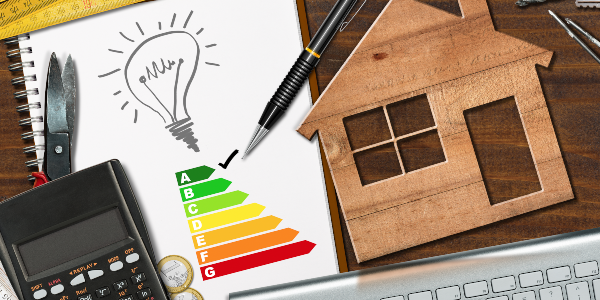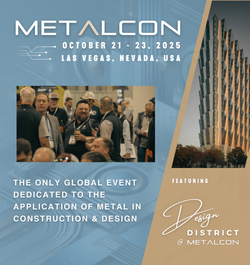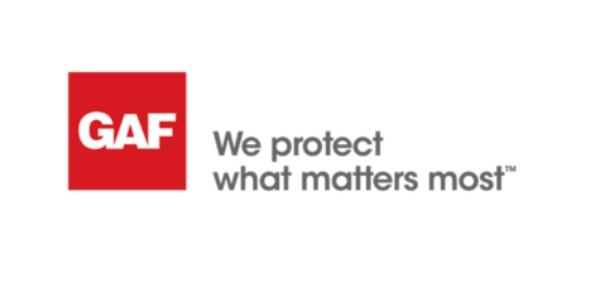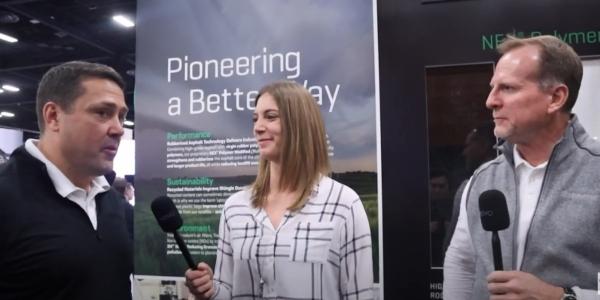Building Efficiency: A Key Component to Meeting Energy Goals

By Polyiso Manufacturers Association.
The process to develop the 2021 IECC has been ongoing for many years and culminates with cities’ online votes this year.
Since the 1970s, the United States has made a sustained effort to address its energy consumption through the adoption of strong energy efficiency policies. The building sector—both residential and commercial—currently represents more than 40% of our national energy consumption, 54% of natural gas consumption and more than 70% of national electricity consumption.
Buildings also emit over one-third of U.S. greenhouse gas emissions, which is more than any other sector of the economy. When buildings waste energy needlessly, power plants work harder and put stress on the electric grid. Making our buildings more efficient is a practical way to help the environment, create jobs, and save money.
Boosting energy efficiency alone can provide 40 percent of the necessary greenhouse gas emissions reductions to meet global targets and the work to implement these standards will lead to jobs in manufacturing, distribution, and installation. These improvements will save consumers billions of dollars in energy costs annually – money that can be invested back into the U.S. economy.
But these policies would do more than save energy; they’d also provide buildings and the people who use them with added protection from severe weather events. In 2017 alone, there were $317 billion in losses from US natural disasters, jump-starting discussions on creating more resilient buildings and communities. Optimizing insulation for an energy efficient building envelope improves performance post-disaster or during prolonged events like heat waves or extreme cold. And the investment would pay off – it’s estimated that designing buildings to the 2018 I-Codes would deliver a national benefit of $11 for every $1 invested.
So, how do we promote building efficiency?
Every three years, stakeholders, including local governments and local officials, have the opportunity to vote on changes to the model codes, which serve as the basis for the building codes adopted and enforced by local and state governments. This time around, there is increased awareness of the opportunity cities have to write an update of the International Energy Conservation Code (IECC).
Building energy codes set the standards for building efficiency and are an extremely effective method for enacting real change. Since cities are invited to participate in the process, local governments can use their votes to help write better, more rigorous building codes without having to fund the process themselves. These improved codes will increase energy independence, save money, and create jobs across the country as they’re implemented.
Boosting local government involvement in the 2021 IECC and educating cities on the benefits of a robust energy code can put the model energy code in a strong position to win at least 10% efficiency gains for residential and commercial buildings.
There are many groups working to craft proposals to boost efficiency and provide communities with actionable guidelines to support efficient building projects in their jurisdictions. The increased awareness of the looming impacts of a changing climate and interest in contributing to the efforts to make our energy usage more sustainable, the IECC process has attracted more participation than ever before in the code development process.
Learn more about PIMA.
Original article source: Polyiso






















Comments
Leave a Reply
Have an account? Login to leave a comment!
Sign In